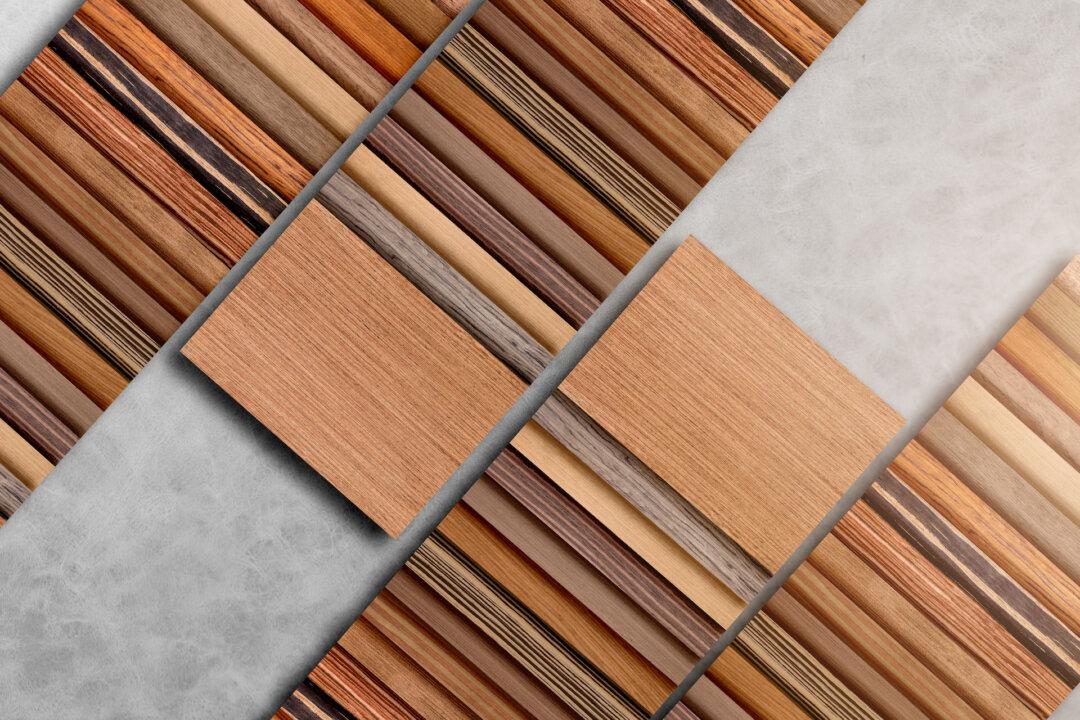Removing the old deteriorating window film is the most difficult part of this project. Never try to install new window film directly over old film. The key to an effective removal of old window film is to soften the adhesive so the film and adhesive can be peeled and gently scraped off the window glass.
Several of the major do-it-yourself window film companies offer liquid solutions for removing old film. First, try using a mild solution of vinegar and water. Saturate the window film with it and then tape plastic film over the windowpane to keep it moist and warm. Within several hours, the old adhesive should be soft. If this does not work, order some of the special removal solution.
Once the old window film and adhesive are removed, go shopping for your new window film. For good year-round performance, a lightly tinted, low-emissivity type of window film is best. It will block the sun’s heat during summer and help reduce indoor heat loss during winter. If glare is your primary concern, select a window film with a darker tint.
Now that you have your new window film, thoroughly clean the window surface and the frame. Cleaning the frame keeps dirt particles from falling on the glass and film while it is being installed. Once dirt gets embedded in the adhesive on the film, forget ever getting it out completely. Just a few dirt particles, though, are difficult to avoid and are not very noticeable.
The ideal temperature range to install window film is between 45 and 90 degrees. The temperature of the glass surface can vary significantly from the indoor air temperature inside your house. Also, select an installation time of the day when the sun will not shine directly on the window glass.
Spray the window with film application solution or a weak solution of detergent and water. Wipe it down with a squeegee. Wet the window again and scrape it with a razor blade in a holder. Finally wipe it dry with a lint-free cloth.
Measure the size of the window glass surface, and cut a piece of the window film slightly larger than the glass. Then, spray the window surface with more solution until is thoroughly damp and runs down. Carefully pull the backing from the window so it does not get creased.
While the glass is still very wet, spray a light mist of solution on the adhesive on the film. Place it against the wet window. Spray the exposed side of the film with more solution. This acts as a lubricant for the squeegee. Follow the recommended squeegee movement pattern to squeeze the water and bubbles out from beneath the film. Allow the film to dry thoroughly before touching.






